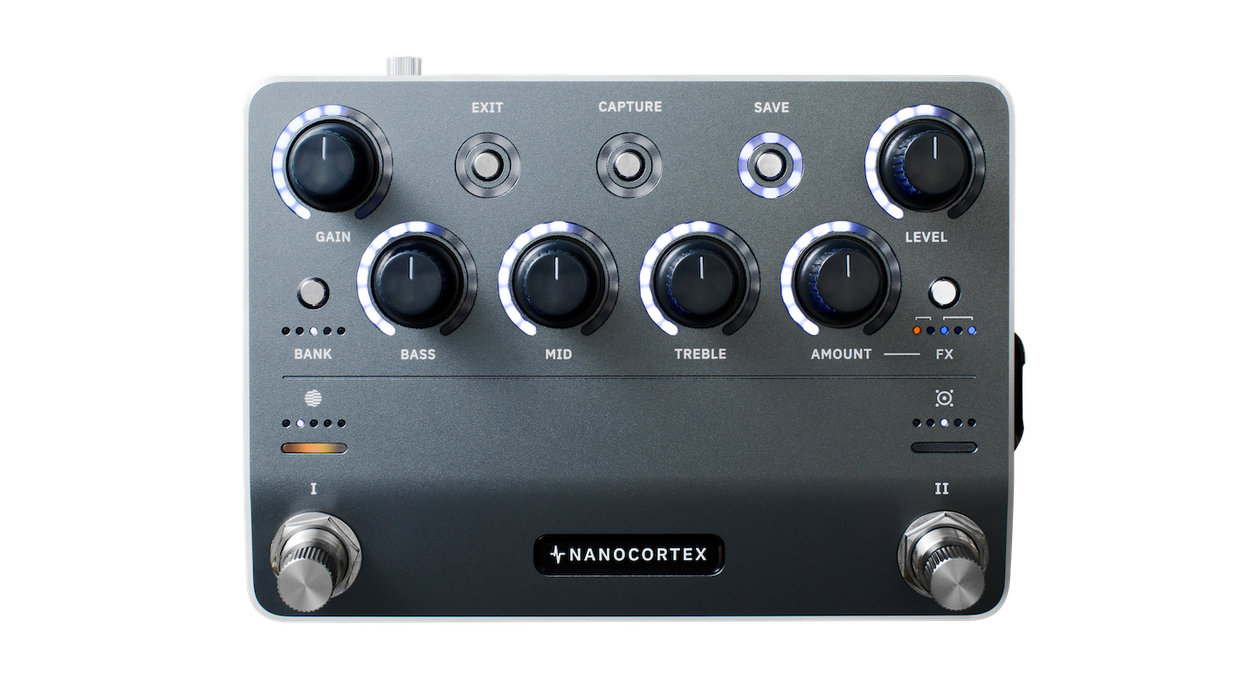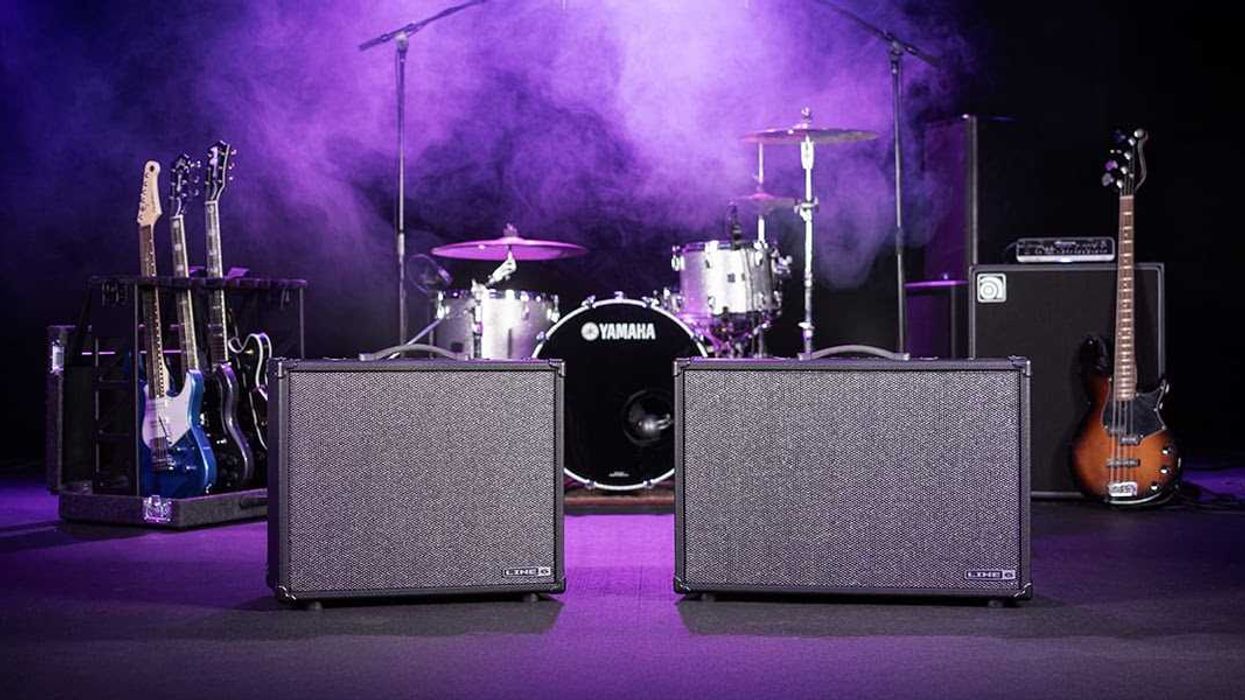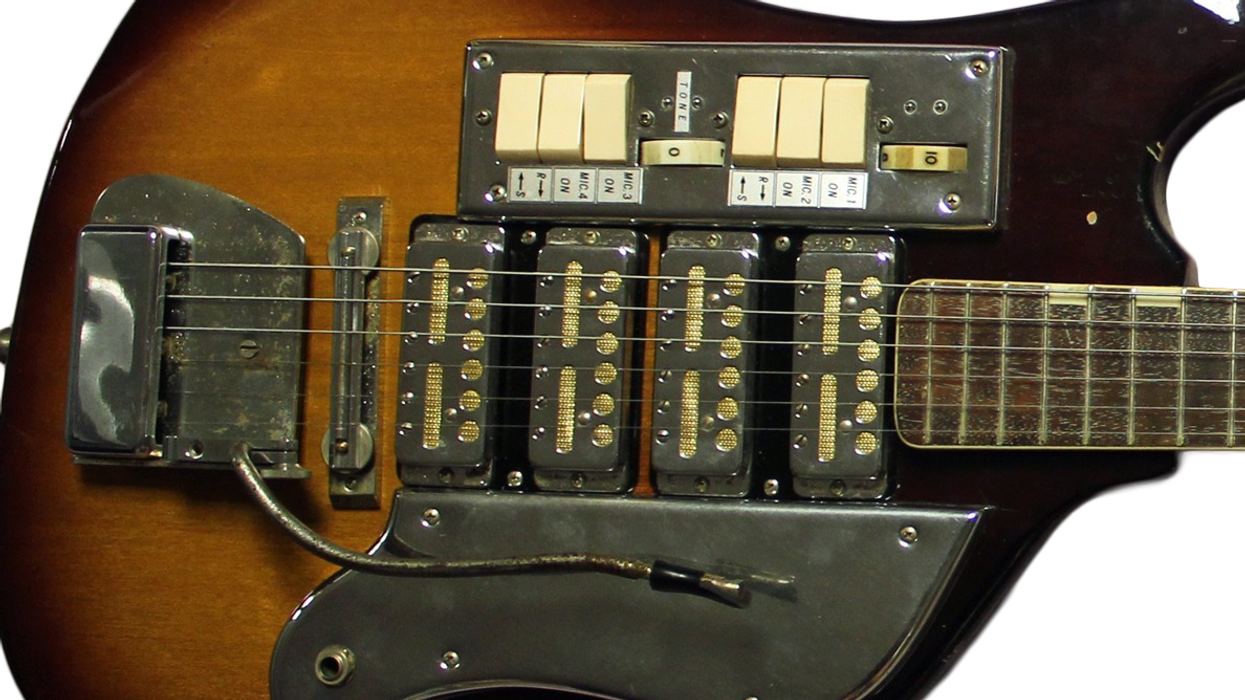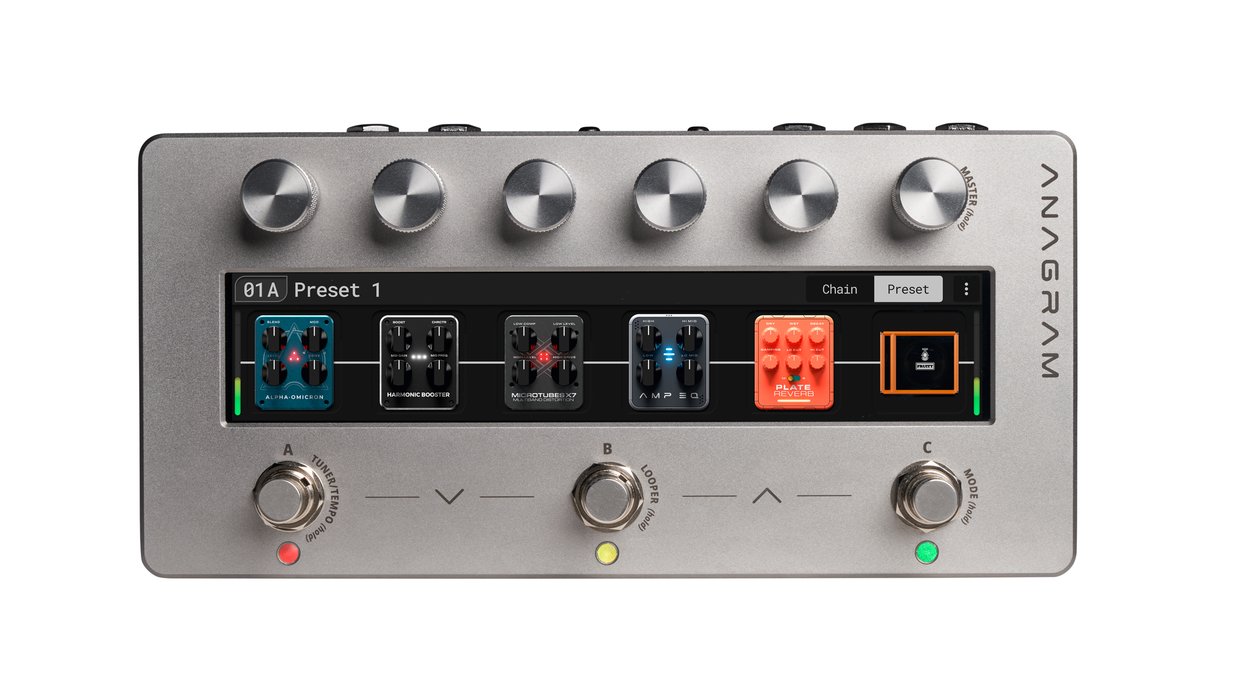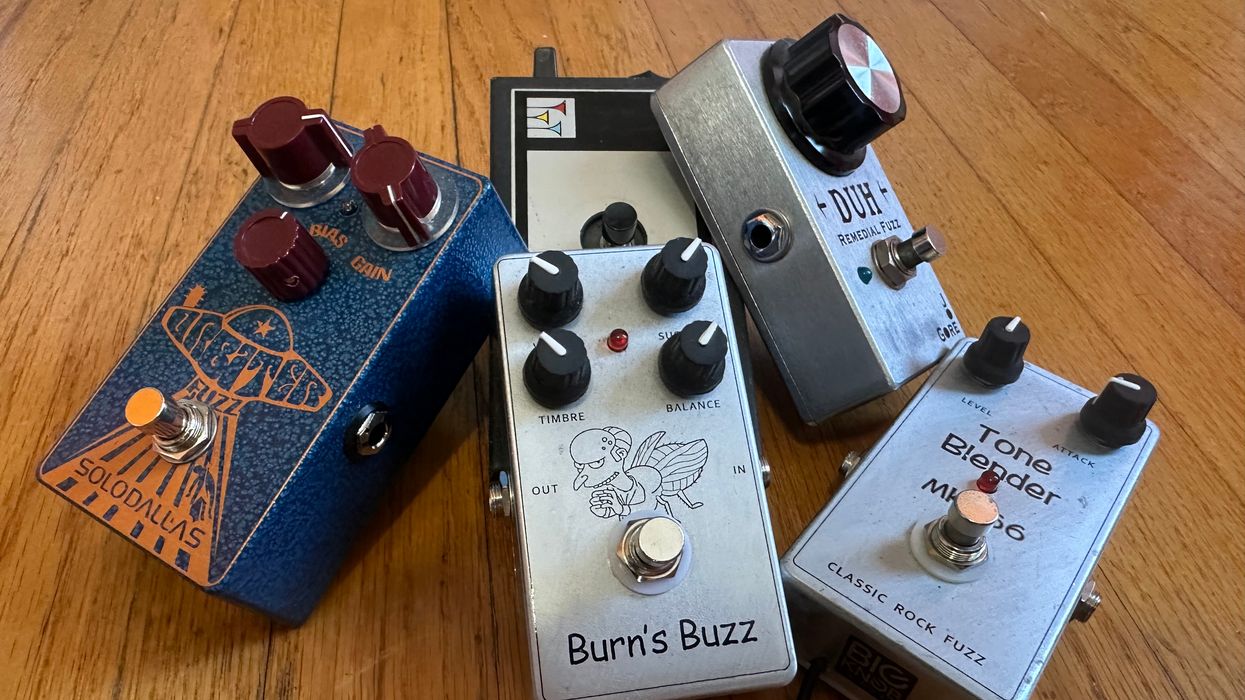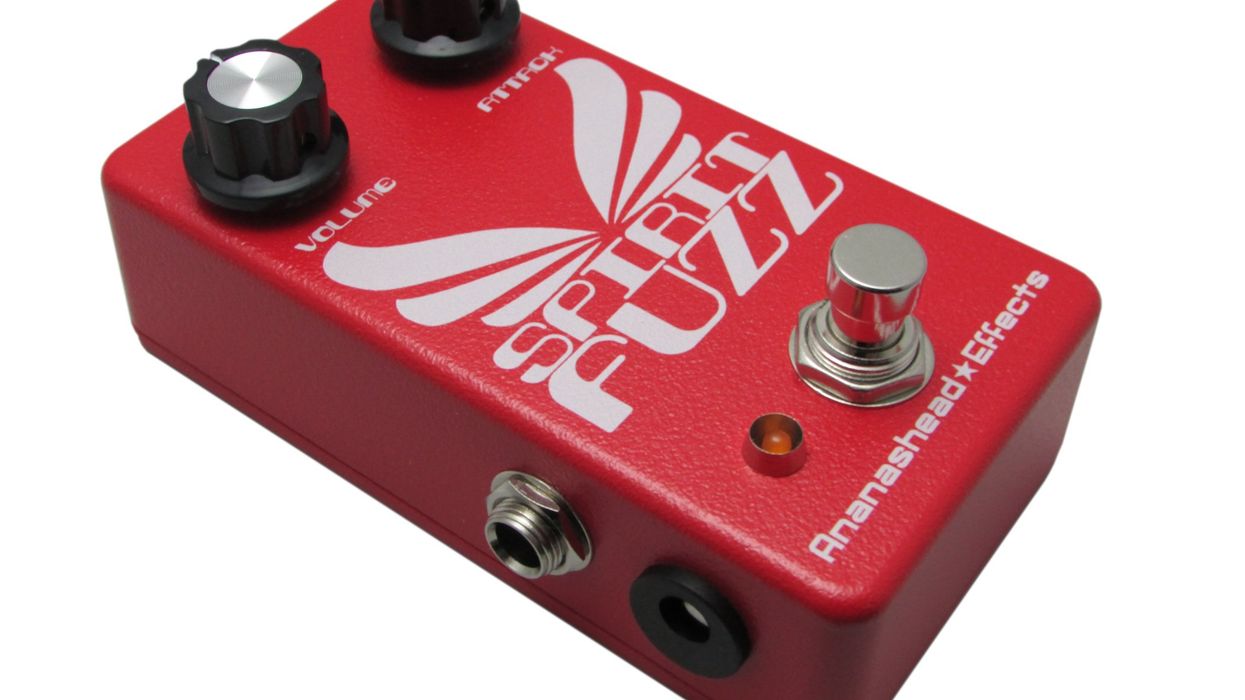Nashville, TN (January 16, 2015) -- Pedaltrain, the world’s most popular pedal board brand, has reinvented its product line for 2015 and beyond. In a private meeting with some of Nashville’s top professional guitarists and bassists, the company revealed its new product range to resounding applause.
New models include the Nano+, the three-model Metro Series, the three-model Novo Series, the refined Classic Series and its new large-format flagship pedal board, Terra 42. All will be released in early Spring 2015.
“We are true pedal-junkies,” says Pedaltrain President John Chandler, “we are deeply invested in our community and the needs of musicians who trust Pedaltrain to support, enable and protect their valuable gear. Our commitment is demonstrated in what we believe are absolutely the best Pedaltrains we’ve ever made.”
Pedaltrain highlighted unique design improvements like its new modified rail system, which improves the stability of smaller-sized pedals. The company also demonstrated its portable grab-and-go Metro series and the true-bypass-switching-friendly Novo Series.
The company’s vastly improved soft cases and new strength-weight optimized tour cases were a big hit, especially when it was revealed it’s new professional-grade cases now weigh up to 35% less than previous models.
“We enjoy a close relationship with our customers - from the touring professional to the student jamming in a garage band,” says Chandler. “Our new products incorporate their valuable feedback; each new model meets specific player needs. Only Pedaltrain has this deep domain expertise.”
For more information:
Pedaltrain












